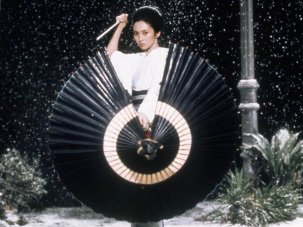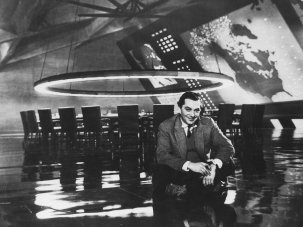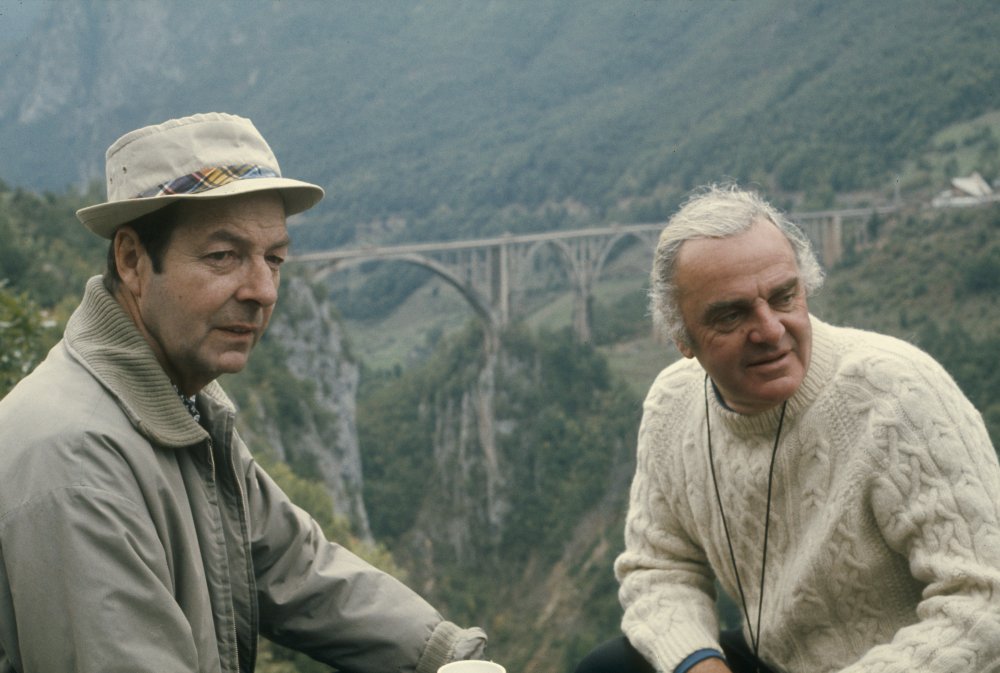
Guy Hamilton (left) on location for Force 10 from Navarone (1978)
Guy Hamilton was British cinema’s action man. In the 22 features he directed between The Ringer (1952) and Try This One for Size (1989), he demonstrated an innate understanding of the military mind and the audience’s love of fast-paced, intricately staged spectacle, which is why producers sought him out for stories about soldiers, spies and superheroes.
Born in Paris in September 1922, Hamilton started out as an 18 year-old clapper boy for Julien Duvivier in the Victorine Studios in Nice. Following a short stint in the Paramount News library in London, he served with the Royal Navy during the war before beginning a lengthy screen apprenticeship that saw him reunite with Duvivier on Anna Karenina (1948), as well as work with Alberto Cavalcanti (They Made Me a Fugitive, 1947), Anthony Kimmins (Mine Own Executioner, 1947) and Jean Negulesco (Britannia Mews, 1949). He later admitted to learning the most from Carol Reed while making The Fallen Idol (1948), The Third Man (1949) and Outcast of the Islands (1951). Moreover, he got to cast the fleeing Harry Lime’s shadow on the wall of a deserted Viennese street after Orson Welles had absconded to Rome.
Having assisted John Huston on The African Queen (1951), Hamilton persuaded producer Alexander Korda he was ready to direct. After his debut The Ringer, Hamilton’s interest in Dial M for Murder was frustrated when Korda sold the rights. Instead, he had to settle for a sophomore outing on The Intruder (1953), a study of war veterans acclimatising to civvy street that he followed with the box-office hit, The Colditz Story (1955). He would return to military matters in The Best of Enemies (1961), Man in the Middle (1964), Battle of Britain (1969) and Force 10 from Navarone (1978), but Hamilton was about to find his métier.
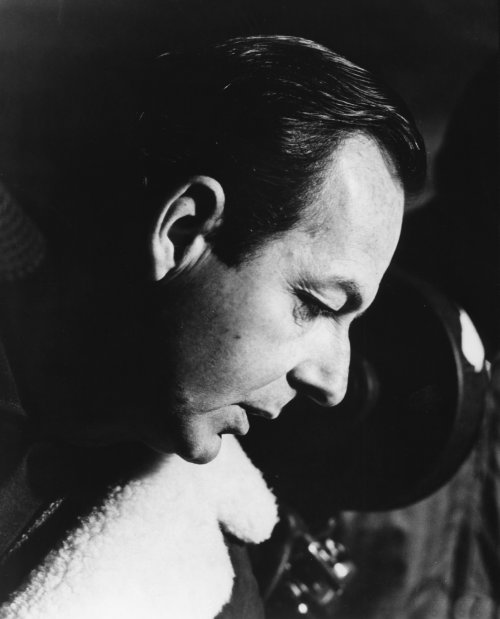
Guy Hamilton
He had turned down the chance to direct Dr. No (1962) in order to make The Party’s Over (1965), a prototype swinging 60s saga that had been so bowdlerised by the censor that he had removed his name from the credits. But producer Harry Saltzman persisted and Hamilton agreed to direct Goldfinger (1964), which refined the series’ trademark mix of slick action, acerbic wit and chauvinist glamour. Yet, he refused to return for Thunderball (1965) and, having guided Michael Caine through another Saltzman espionage thriller, Funeral in Berlin (1966), Hamilton was so disappointed that the dream teaming of Sean Connery and Brigitte Bardot failed to materialise that he walked away from On Her Majesty’s Secret Service (1969).
Hamilton consented to smooth the transition from Sean Connery to Roger Moore in Diamonds Are Forever (1971) and Live and Let Die (1973). But he didn’t enjoy shooting The Man with the Golden Gun (1974) and left the franchise. In truth, he struggled thereafter to reproduce the versatility he had shown with the J.B. Priestley classic An Inspector Calls (1954), the Max Bygraves musical Charley Moon (1956), the nautical age-gap drama Manuela (1957), the underrated James Mason comedy A Touch of Larceny, and the George Bernard Shaw adaptation The Devil’s Disciple (both 1959), which saw Hamilton inherit a cast led by Kirk Douglas, Burt Lancaster and Laurence Olivier after Alexander Mackendrick had been fired.
He made a decent fist of the Agatha Christie adaptations, The Mirror Crack’d (1980) and Evil under the Sun (1982), with Angela Lansbury as Miss Marple and Peter Ustinov as Hercule Poirot. But he had less luck with the action thriller Remo Williams: The Adventure Begins (1985). How different things might have been if Hamilton’s tax status hadn’t prevented him from following Superman: The Movie (1978) from Cinecittà to Pinewood or if producer Michael Uslan had managed to convince him a year later to team with writer Richard Maibaum on the project that would eventually morph into Tim Burton’s Batman (1989).
Guy Hamilton: a career in pictures
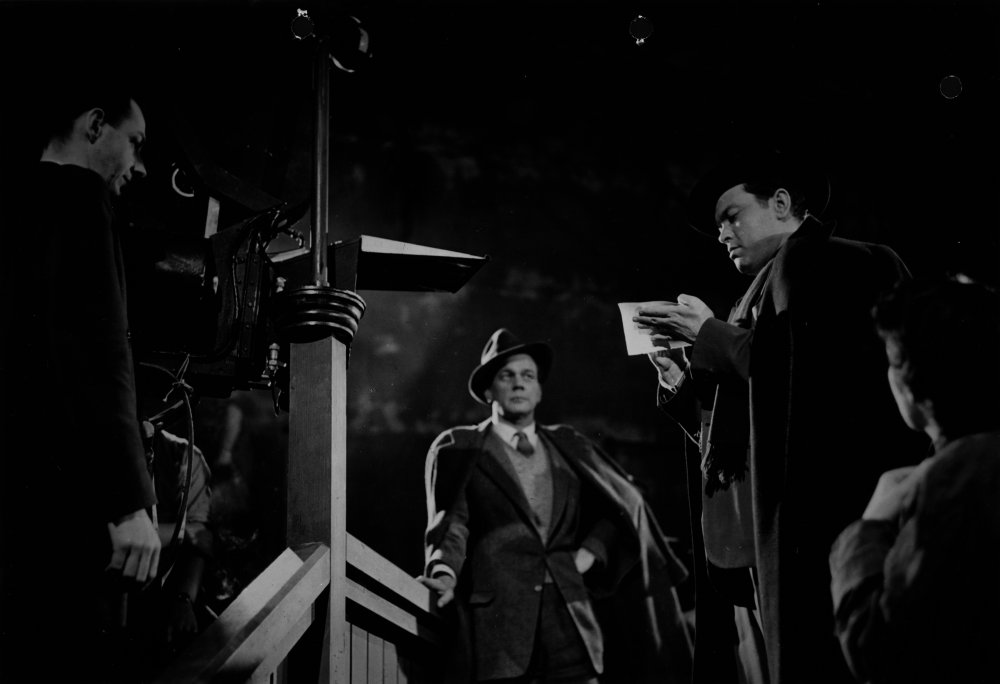
Guy Hamilton (left) on the set of The Third Man (1949) with Joseph Cotten and Orson Welles
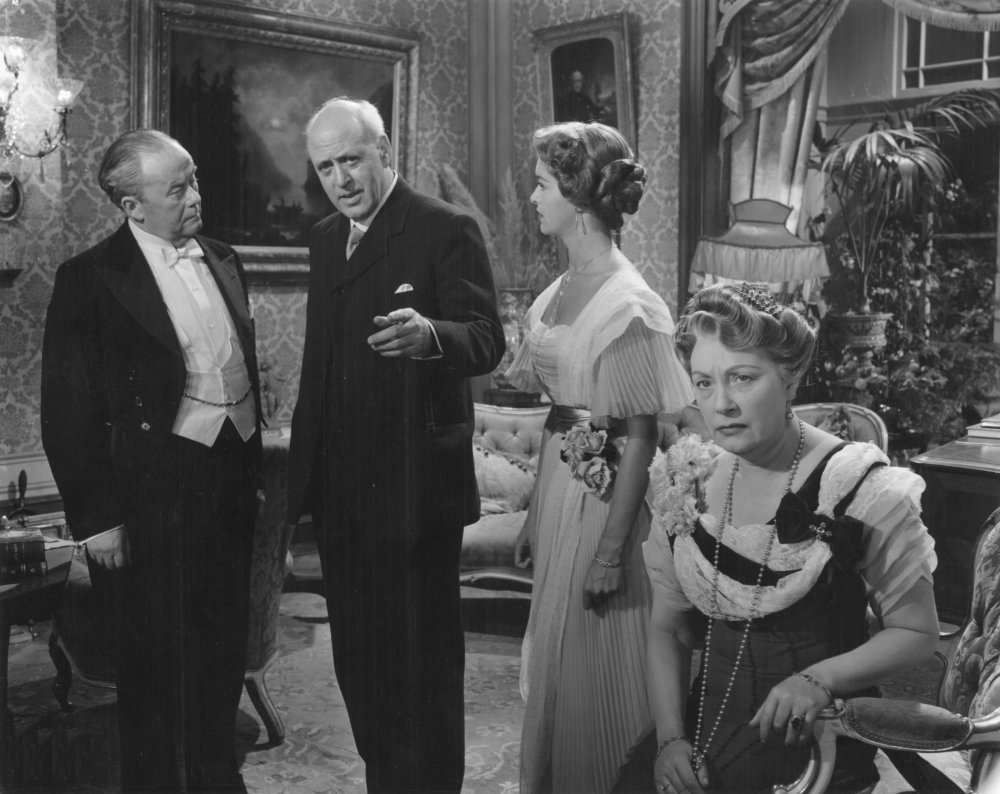
An Inspector Calls (1954)
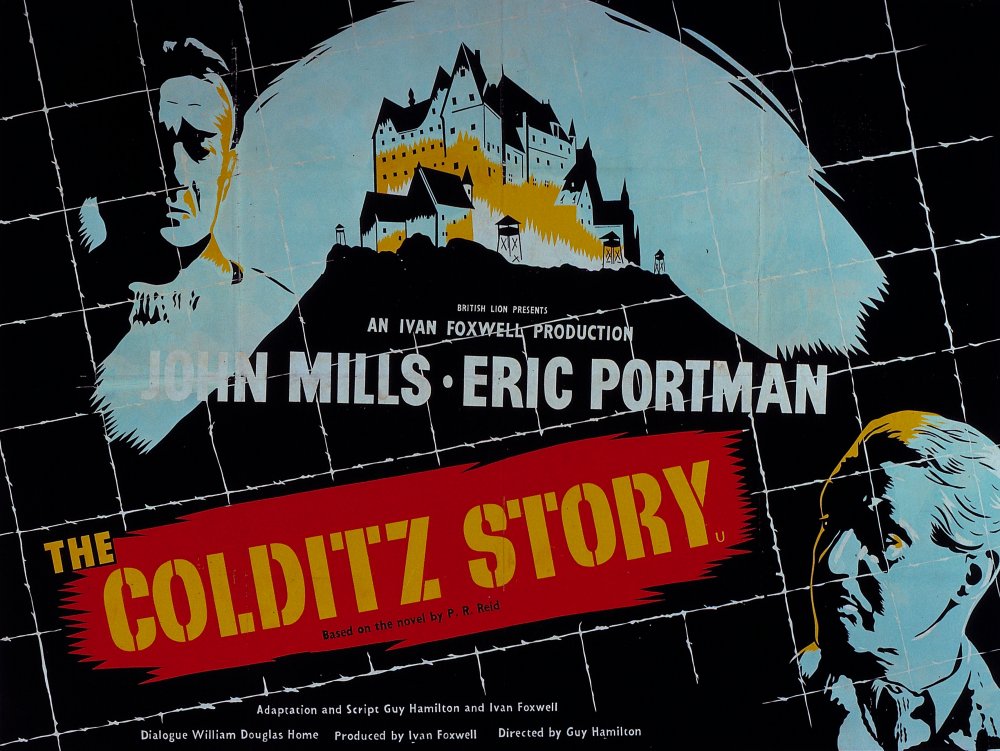
The Colditz Story (1955)
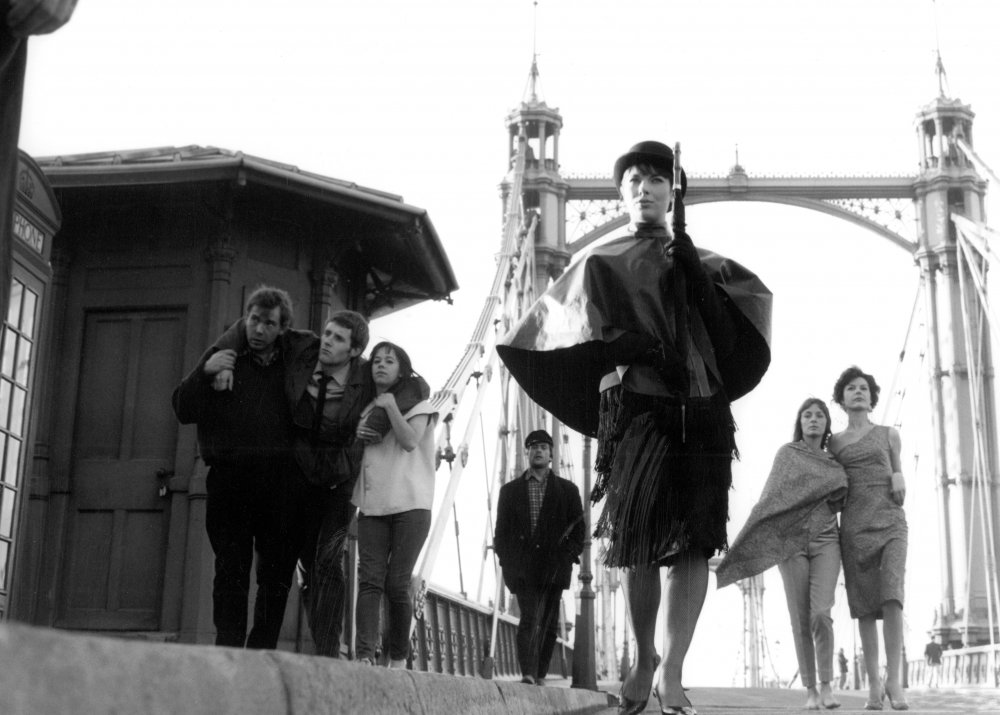
The Party’s Over (1963)
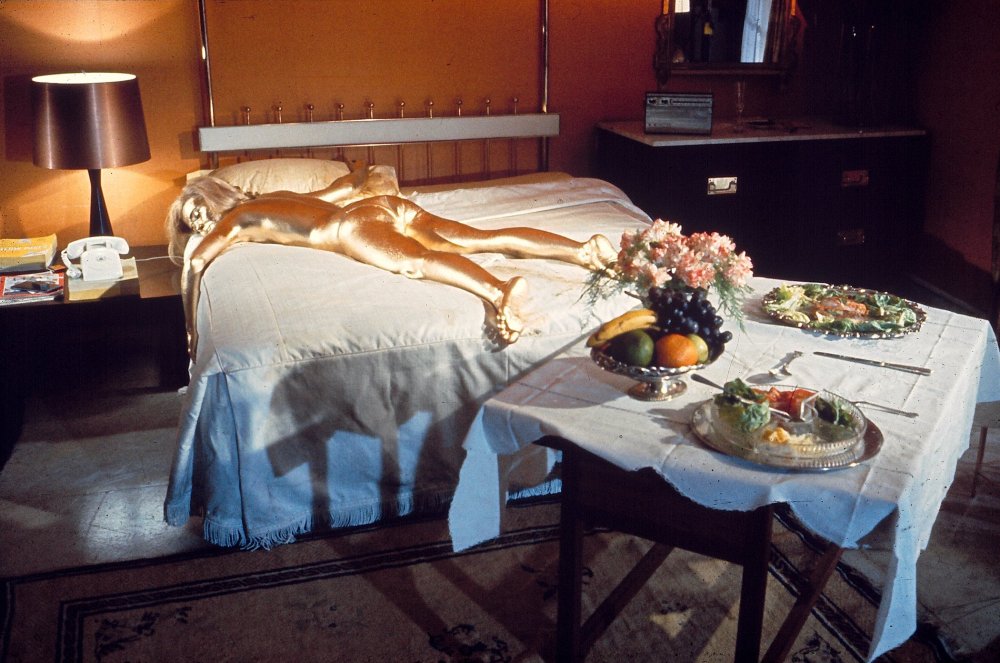
Goldfinger (1964)
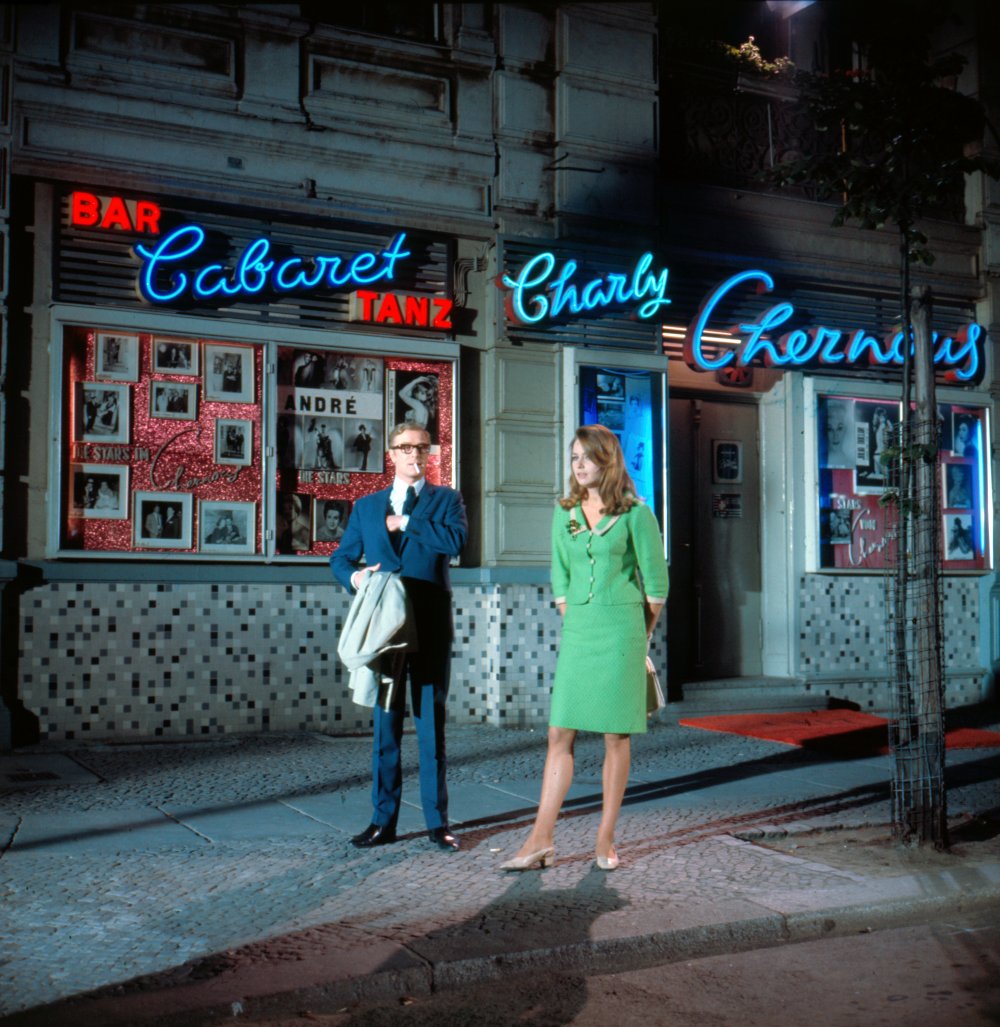
Funeral in Berlin (1966)
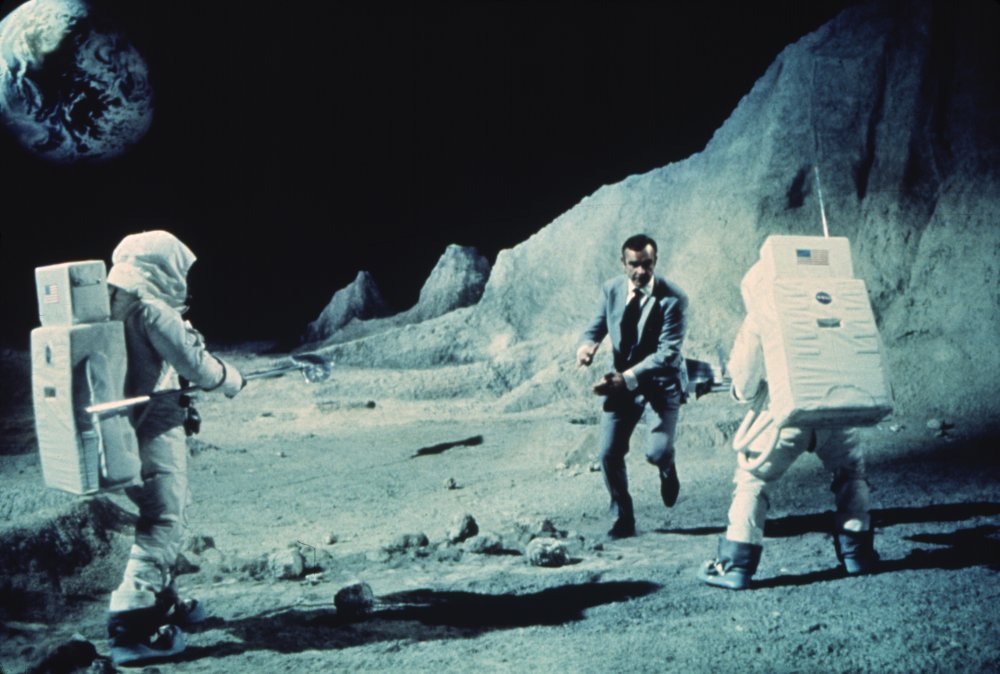
Diamonds Are Forever (1971)
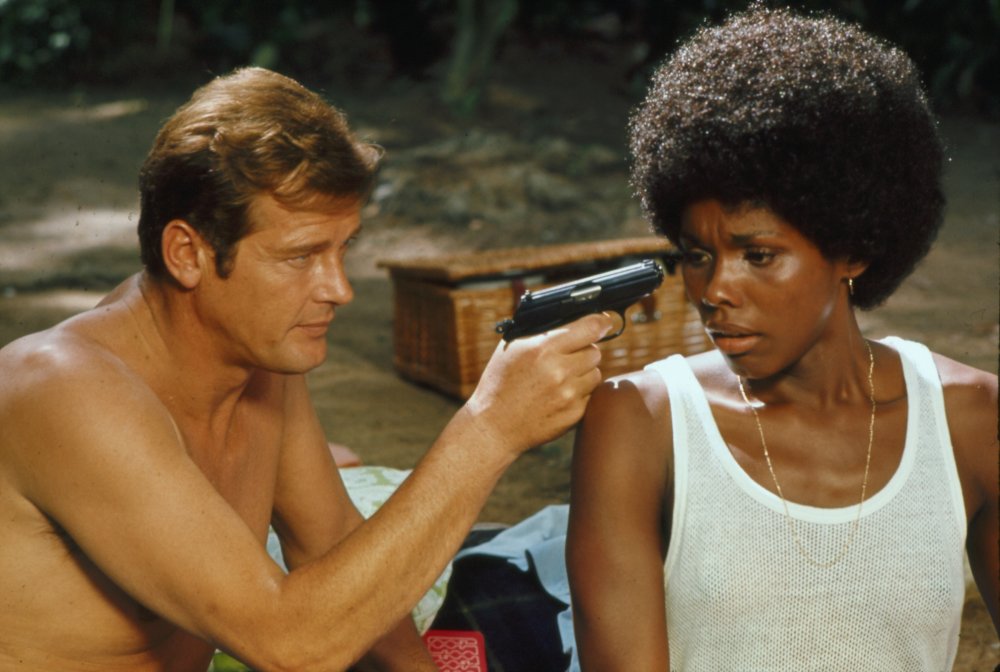
Live and Let Die (1973)
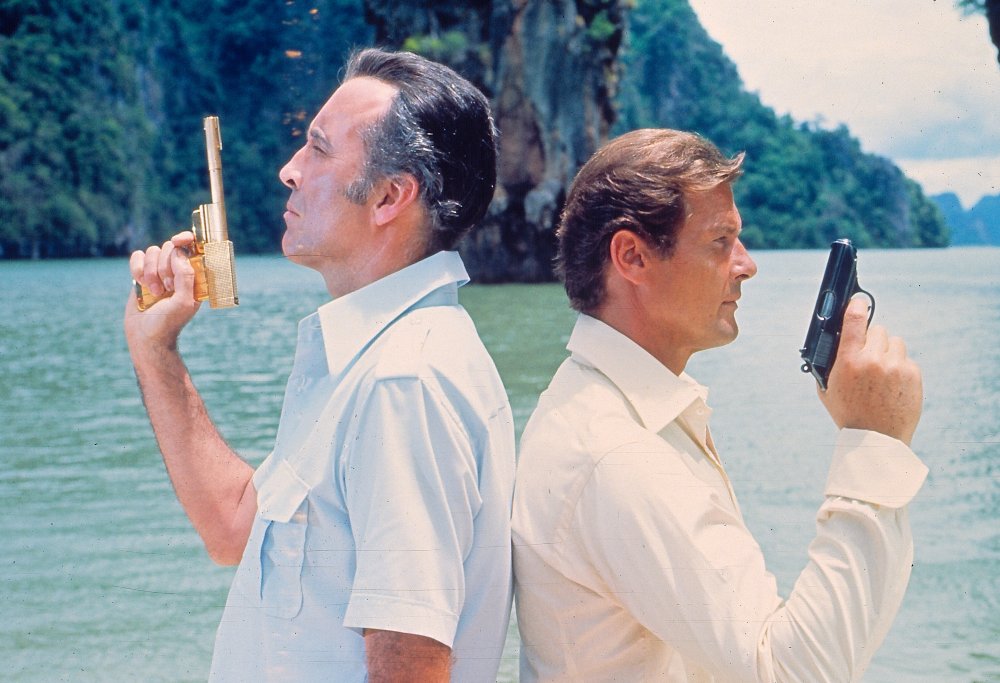
The Man with the Golden Gun (1974)
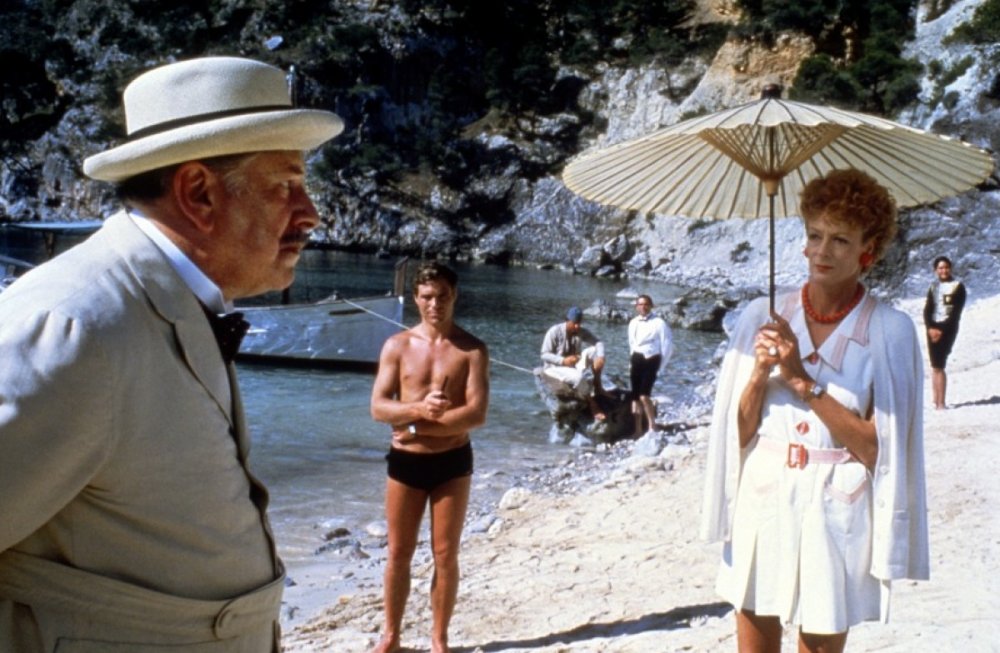
Evil under the Sun (1982)



